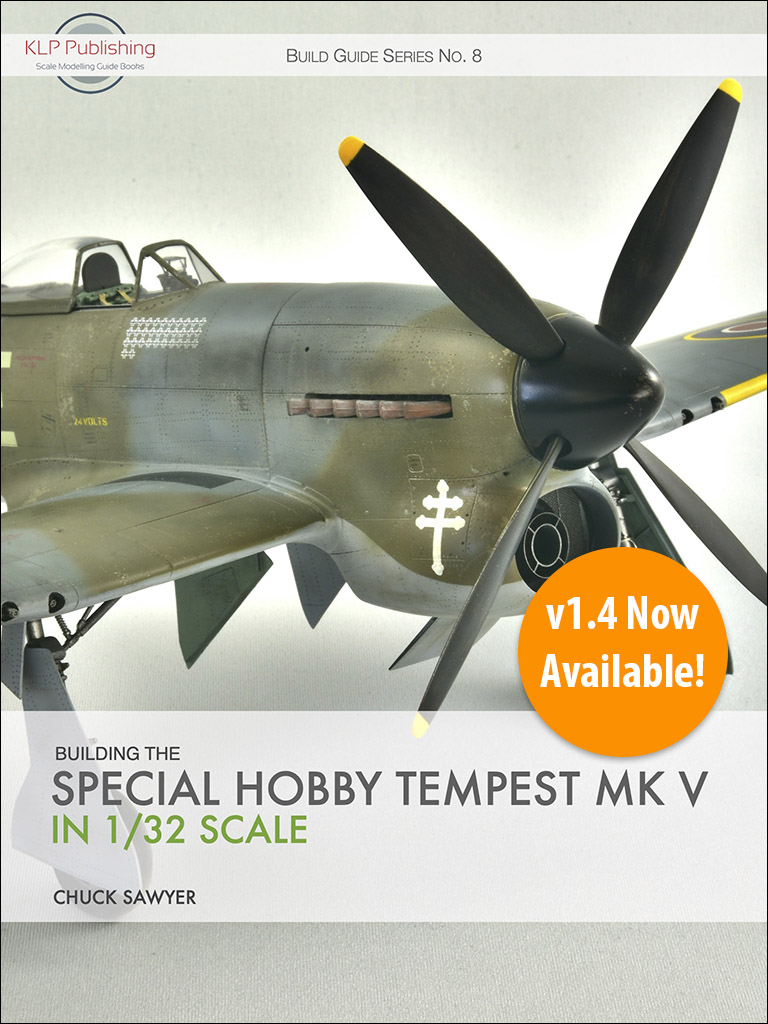
Number 8 in our Build Guide Series, Building the Special Hobby Tempest Mk V in 1/32 Scale by Chuck Sawyer is about to have its second birthday, so we’ve given it some minor tweaks to produce v1.4, and discounted it to a mere 12 Australian dollars for the next 7 days!

Building the Special Hobby Tempest Mk V in 1/32 Scale
In this 228-page eBook, Chuck Sawyer undertakes a forensic examination of the Special Hobby 1/32 scale Hawker Tempest Mk V kit, combining it with the Barracuda Studios resin nose upgrade set to produce a stunning model. He leads you through all the pitfalls of construction, and of integrating the resin nose and propellor into the kit.
We’ve included tutorials on decanting spray cans for airbrushing, achieving a flawless, high-gloss base coat, and working with HGW’s Wet Transfer decals.
v1.6 Now Available!
Note: all our prices are in Australian dollars.




Existing purchasers are able to access the updated version for free. Simply log in to your account (or use your original download link) and re-download the book from the Downloads section of your profile. If you don’t have an account or the original download link, please contact me and we’ll sort it out. And of course, new purchasers will always receive the latest version.
If you need to confirm the version number of your newly downloaded update, just check the bottom of the Copyright page (iii), shown in the example below (from our Ta 152 book):
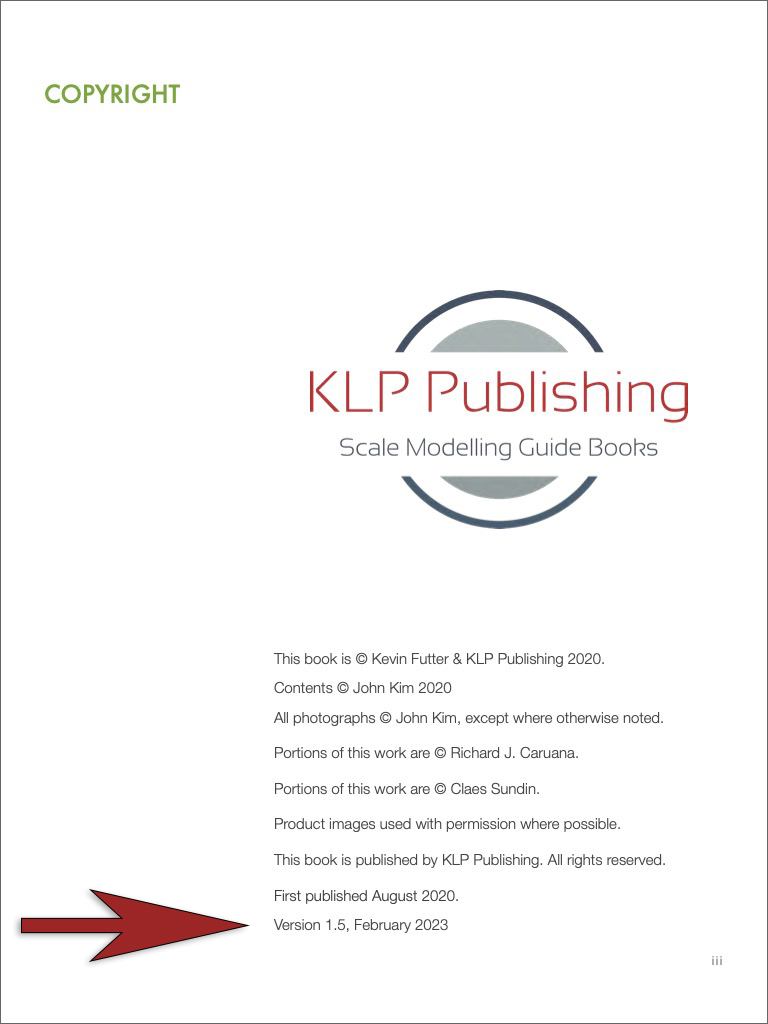
This is valid for all of our titles, should you ever need to verify which version of any particular book you might have.
Stay tuned for more news and information—we will be announcing our next title very shortly!

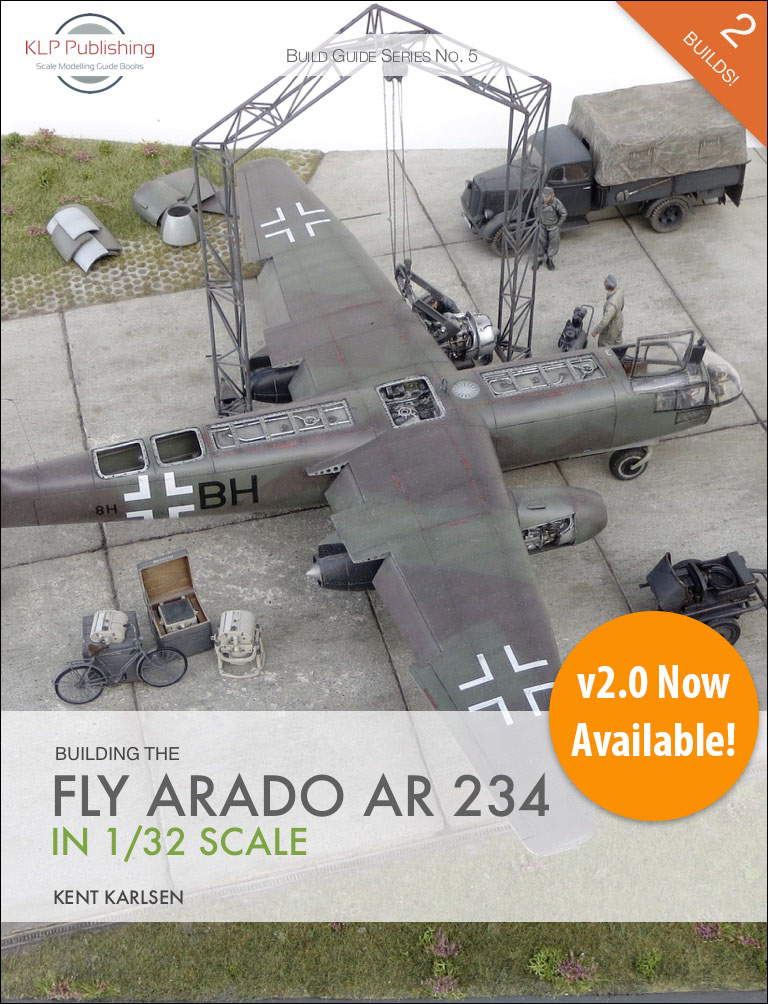







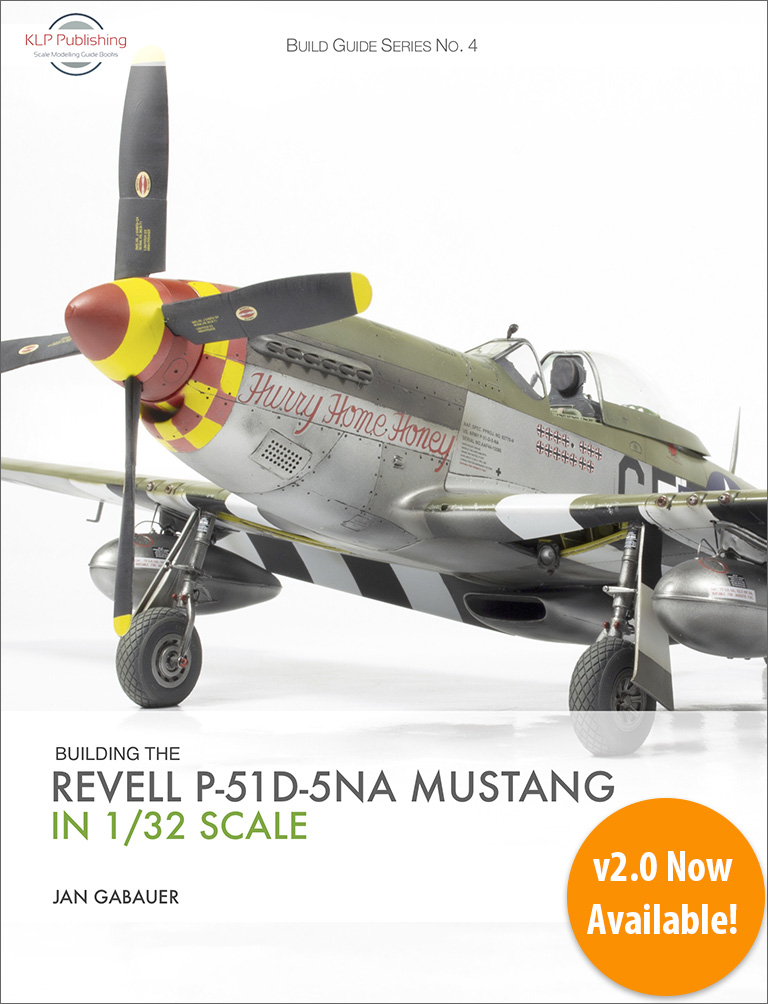






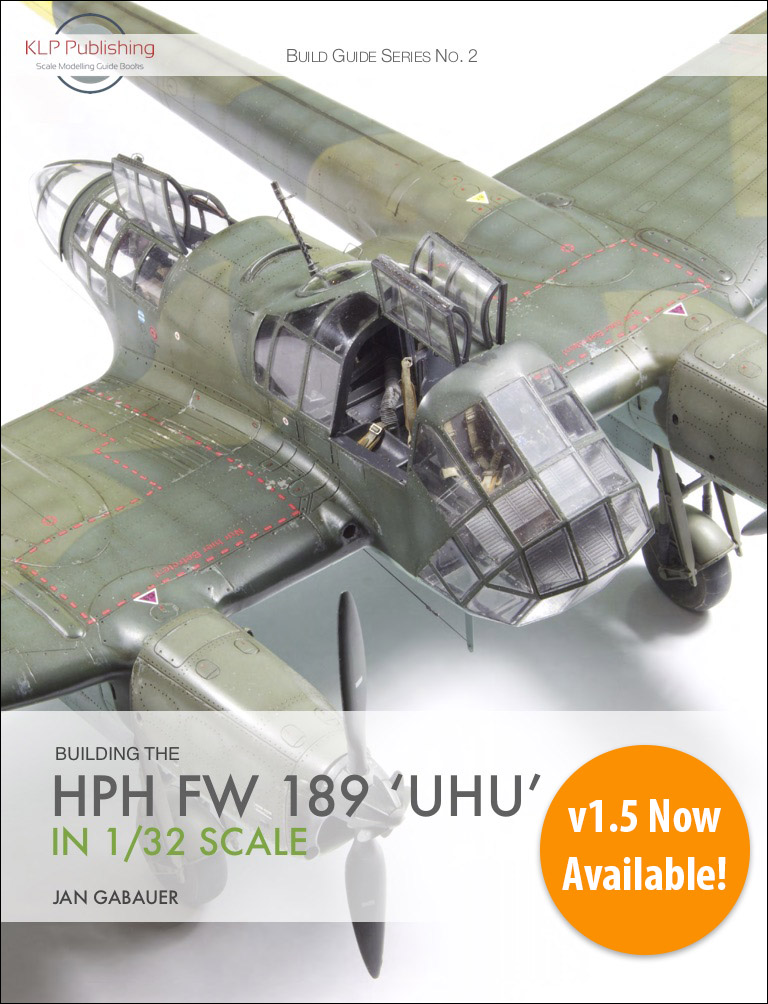





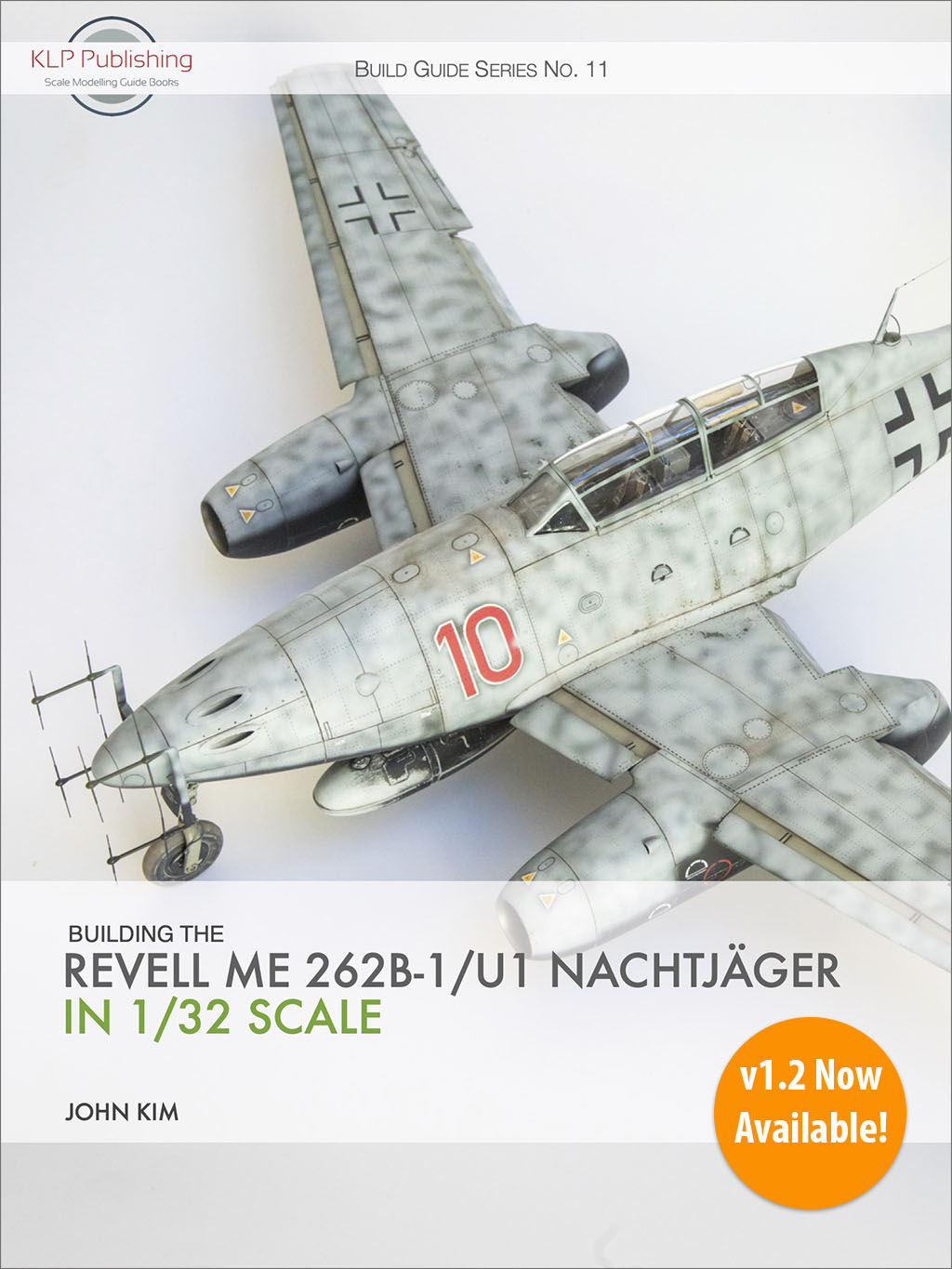







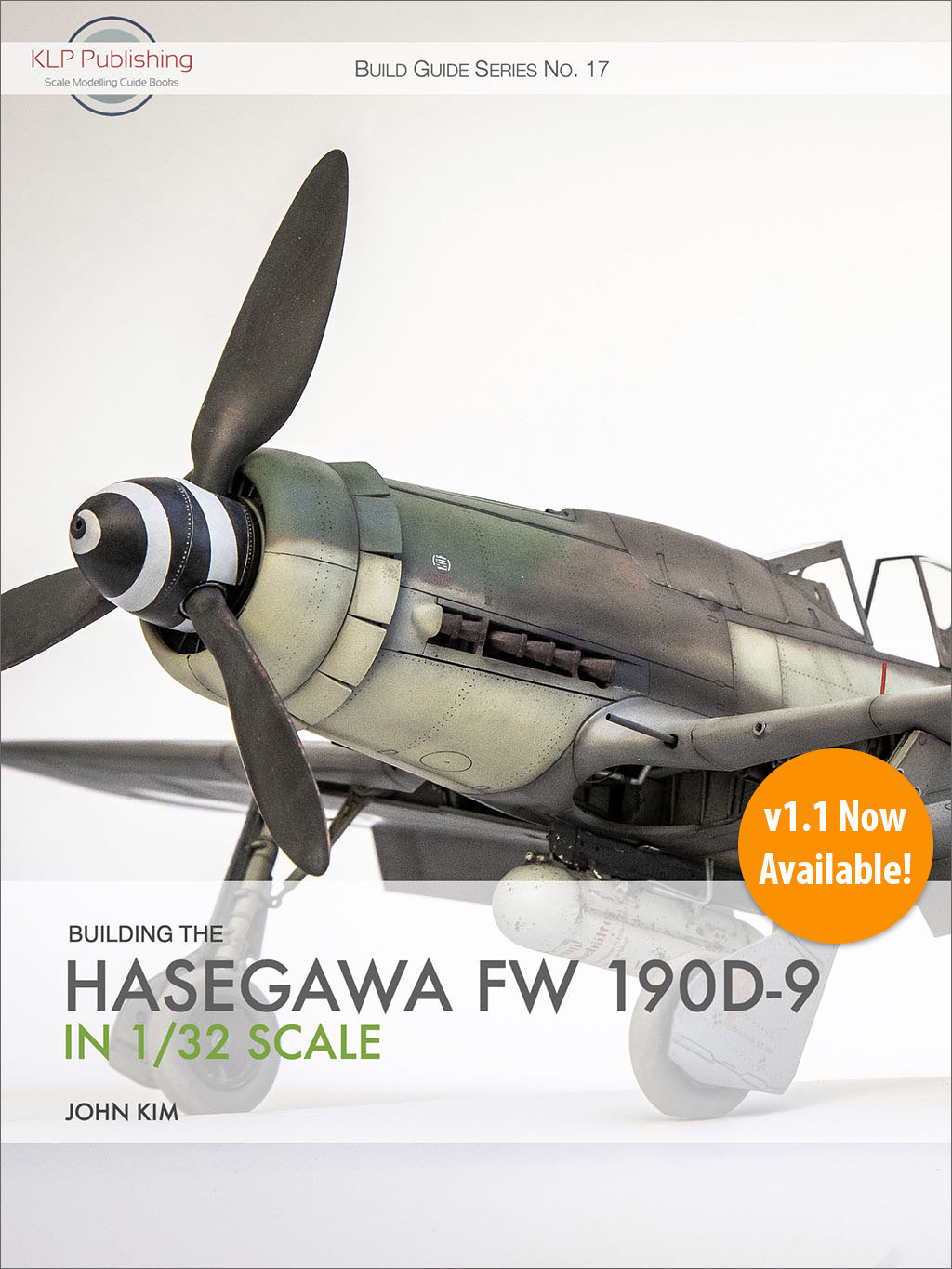

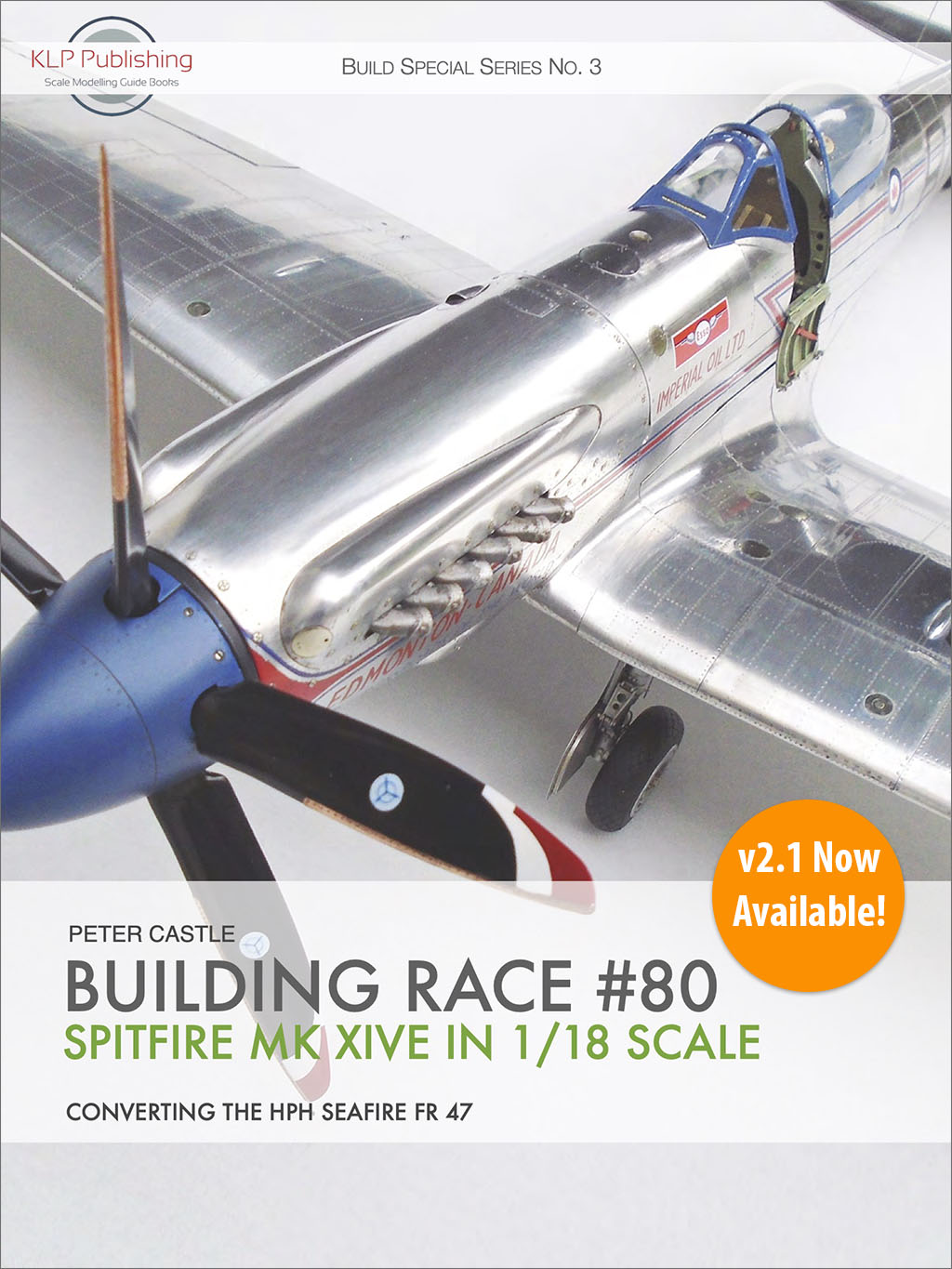
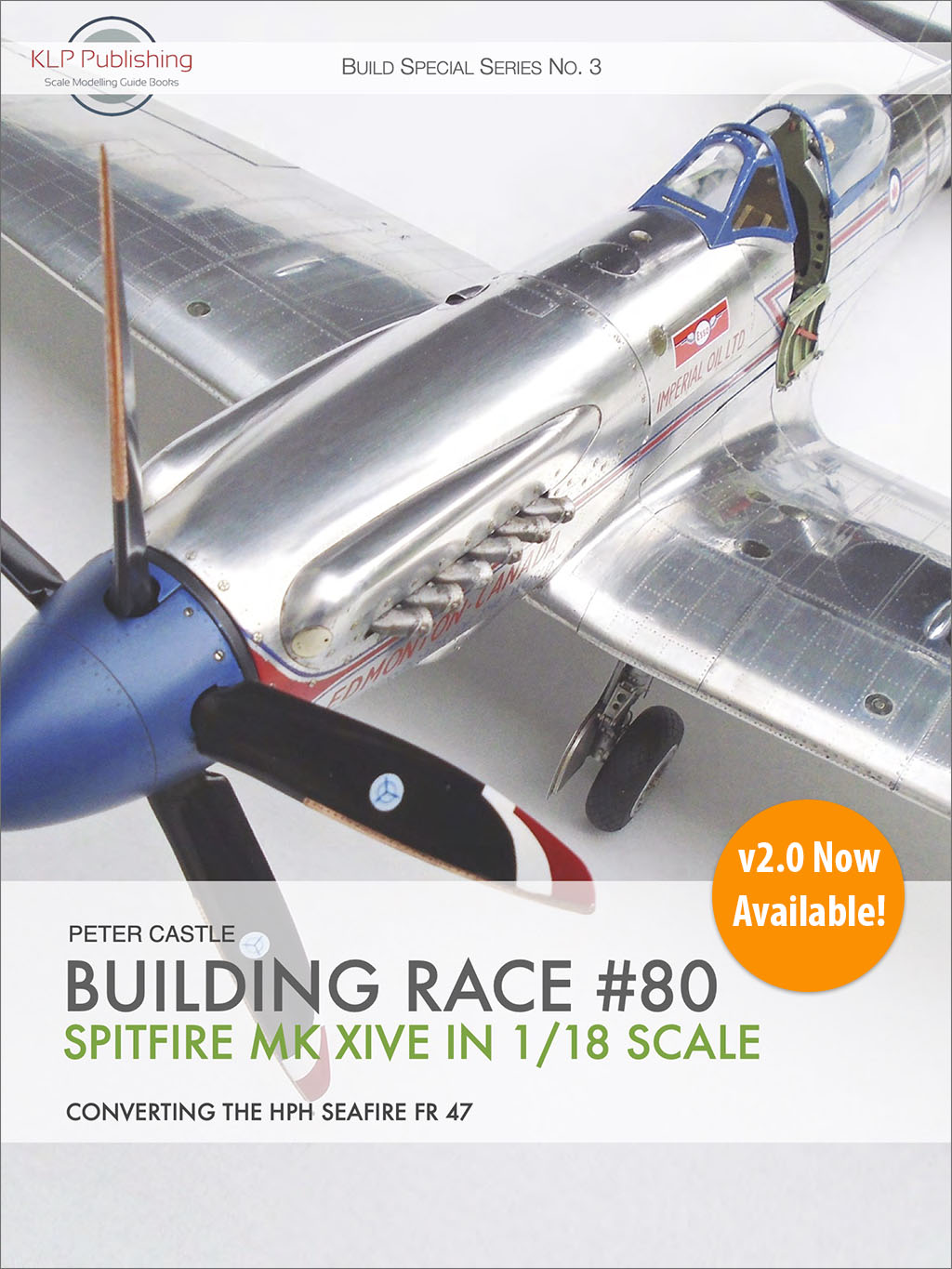








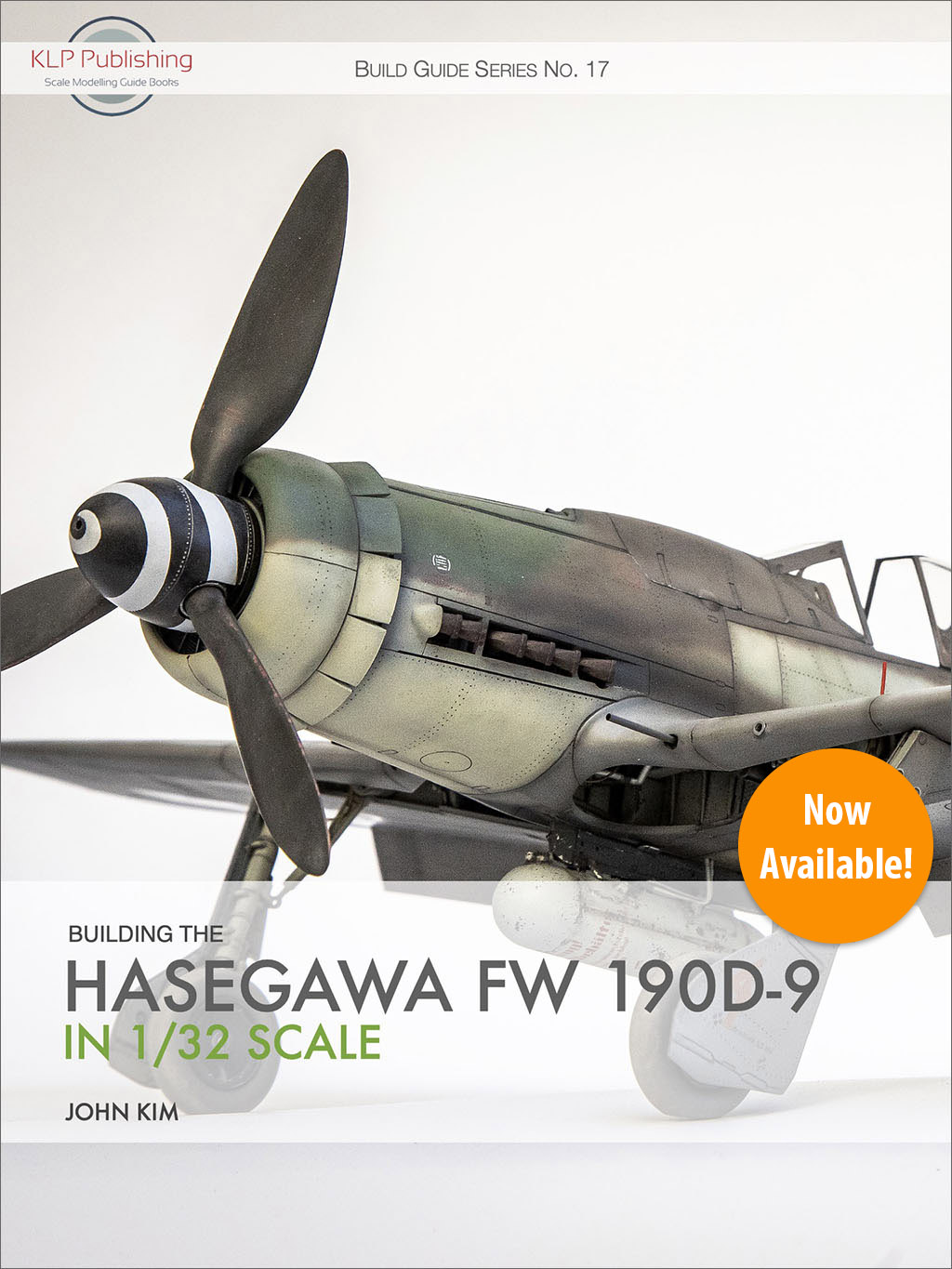






You must be logged in to post a comment.